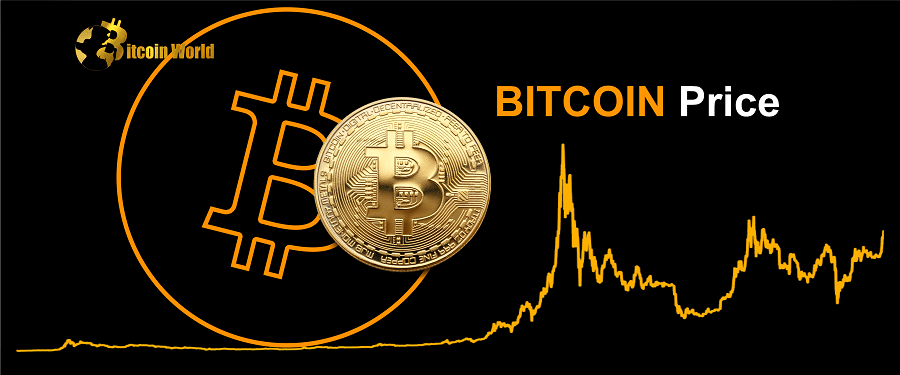Cryptocurrency markets have gained significant popularity and attention due to their unique features and potential for high returns. However, these markets are not immune to market frictions and price delays, which can impact trading efficiency and introduce challenges for participants. This blog will explore the concept of market frictions and price delays in cryptocurrency markets, highlighting their causes, implications, and potential strategies to mitigate their effects.
UNDERSTANDING MARKET FRICTIONS:
Market frictions are factors that impede the smooth functioning and efficiency of financial markets. In the context of cryptocurrency markets, these frictions can include factors such as low liquidity, fragmented exchanges, regulatory uncertainties, limited market access, and technological limitations. These frictions can result in delays, inefficiencies, and discrepancies in price discovery and execution.
PRICE DELAYS AND DISCREPANCIES:
Market frictions can contribute to price delays and discrepancies in cryptocurrency markets. Due to the decentralized and fragmented nature of these markets, different exchanges may have variations in liquidity, trading volume, and order book depth. As a result, prices can deviate across exchanges, leading to delays in price convergence and potential arbitrage opportunities.
LIQUIDITY CONSTRAINTS:
Low liquidity is a common market friction in cryptocurrency markets, particularly for smaller or less established cryptocurrencies. Low liquidity can make it challenging to execute trades at desired prices, leading to slippage and impacting overall trading performance. Additionally, low liquidity can result in wider bid-ask spreads, making it costlier for traders to enter or exit positions.
REGULATORY UNCERTAINTIES:
Regulatory uncertainties surrounding cryptocurrencies can create market frictions and price delays. Divergent regulations across jurisdictions, lack of clear guidelines, and potential regulatory changes can introduce uncertainty and impact market participants’ willingness to trade. Regulatory developments and announcements can also trigger sharp price movements and contribute to price discrepancies across exchanges.
TECHNOLOGICAL LIMITATIONS:
The technological infrastructure supporting cryptocurrency markets can introduce frictions and price delays. Network congestion, scalability limitations, and transaction confirmation times can impact the speed and efficiency of trade execution. Additionally, the presence of trading bots and high-frequency trading strategies can exacerbate price discrepancies and introduce volatility.
MITIGATING MARKET FRICTIONS:
Several strategies can be employed to mitigate market frictions and reduce price delays in cryptocurrency markets:
- Increased liquidity provision and market-making activities to enhance trading depth and reduce bid-ask spreads.
- Improving regulatory clarity and establishing consistent frameworks to reduce uncertainties and promote investor confidence.
- Enhancing technological infrastructure, such as scaling solutions and faster transaction confirmation times, to improve trading efficiency.
- Increasing market transparency through improved data availability, real-time order book information, and consolidated pricing data across exchanges.
CHALLENGES:
Market frictions and price delays are inherent challenges in cryptocurrency markets, stemming from factors such as low liquidity, regulatory uncertainties, and technological limitations. Understanding these frictions and their implications is crucial for market participants and regulators. By implementing strategies to mitigate these frictions and enhance market efficiency, cryptocurrency markets can become more resilient, transparent, and attractive to a broader range of participants. Continued efforts to address market frictions will contribute to the maturation and broader adoption of cryptocurrencies as a viable asset class.








